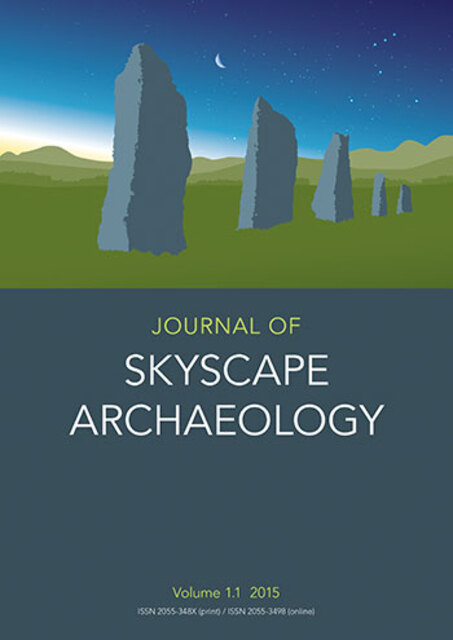Angkor Wat: Lotus Temple at the Intersection of Celestial Azimuths

Full description
Angkor Wat is one of the largest religious structures in the world. Much has been written about the site; what has not been explained, however, is why the structure was located where it is. In this paper it is suggested that Angkor Wat was intentionally situated at the intersection of two astronomically related lines of position – one to the summer solstice sunrise over the Rong Chen temple on Phnom Kulen, and the other to cardinal east or the equinox in alignment with a site known as Preah Khan of Kompong Svay. Political and cosmological implications of these findings are discussed. Supportive data showing how Rong Chen is likewise situated at intersecting lines of position is also presented. Importantly, the Rong Chen temple is where Jayavarman II – founder of the Khmer Empire in the ninth century AD – was declared universal ruler (chakravartin).
- typeImage
- created on
- file formatjpeg
- file size22 KB
- container titleJournal of Skyscape Archaeology
- creatorWilliam F. Romaine
- issn2055-3498 (online)
- issue8.1
- publisherEquinox Publishing Ltd.
- publisher placeSheffield, United Kingdom
- rightsEquinox Publishing Ltd.
- volume
- doi
We use cookies to analyze our traffic. Please decide if you are willing to accept cookies from our website. You can change this setting anytime in Privacy Settings.
